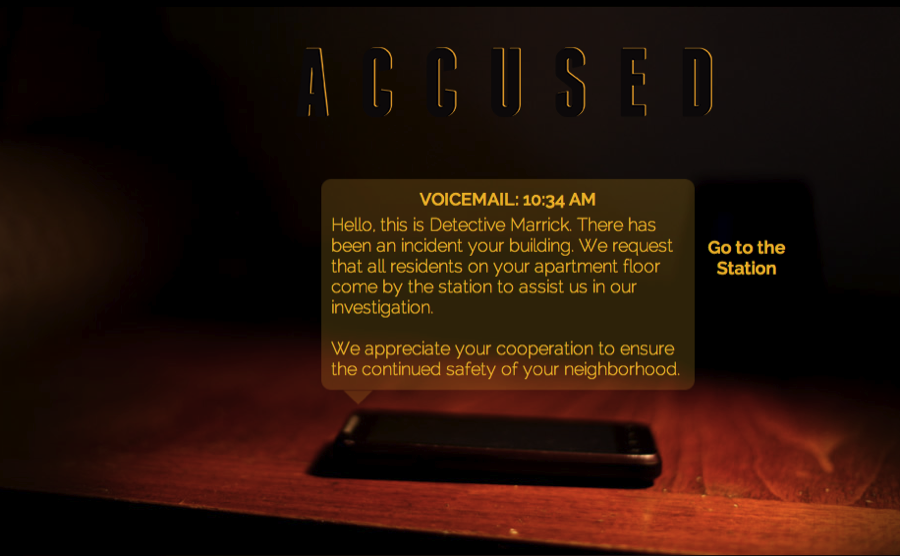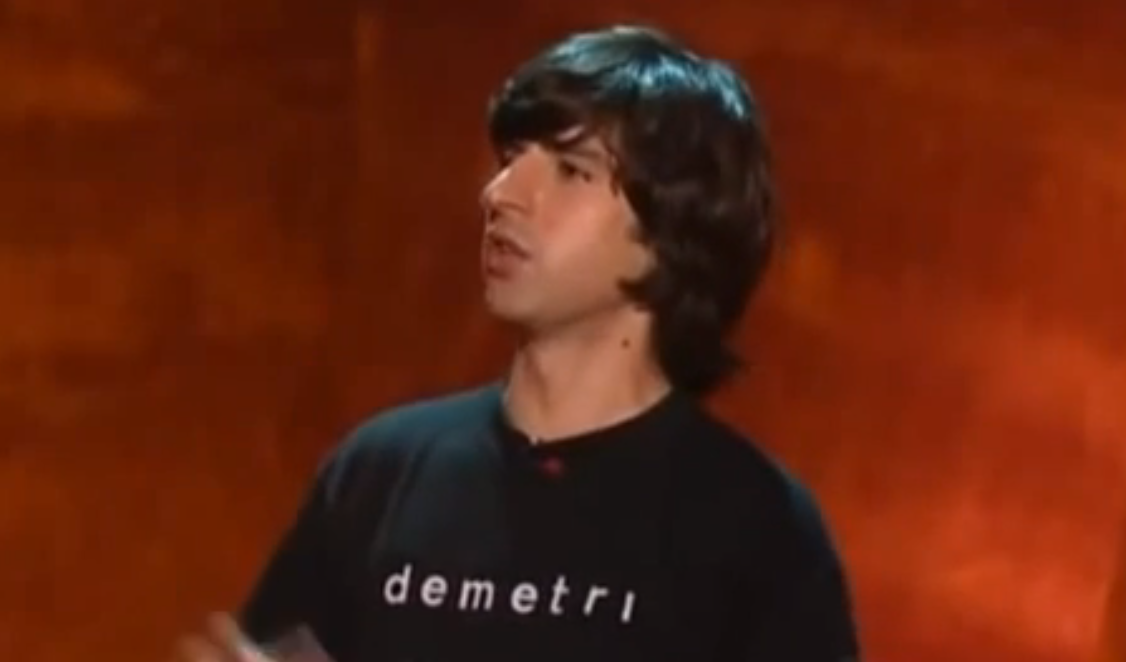I am trying to compile some best practices of dispute resolution mechanisms inside refugee communities. I’ve found some good leads, including this write-up of design interventions in a Serbian camp in the 1990s, written by Divna Persic-Todorovic.
“This article is about the work on interpersonal conflict resolution in refugee camps in Serbia by the MOST group for non-violent conflict resolution. Difficult living conditions in refugee camps (lack of facilities; the necessity to share them) created many interpersonal disagreements. The situation was worsened by the sense of hopelessness that people brought from the places which they had to flee. They shared horrible stories of the war and of failed attempts to make their lives better. This circular motion of pain produced more sorrow.
“To break these dynamics, MOST organized activities in summer camps for refugees to teach people problem solving skills and active listening, promoting more understanding between them. They used such techniques as “Communication Games”, the “Secret Friend” game and workshops with an emphasis on conflict analysis. The “Secret Friend” game created an atmosphere of joy. People were coming up with creative ideas for how to make another person happily surprised. In analyzing their relationships, people were exercising active listening techniques and learned to recognize each others’ needs. Going from there, they tried to create solutions. The author concludes that the work done by MOST produced encouraging results in improving refugee’s relations and their view of life.”
Persic-Todorovic, Divna. Conflict Resolution, Working with Refugees. Conflict Resolution Notes. V. 12, No. 4. April, 1995. Pp. 44-45.


